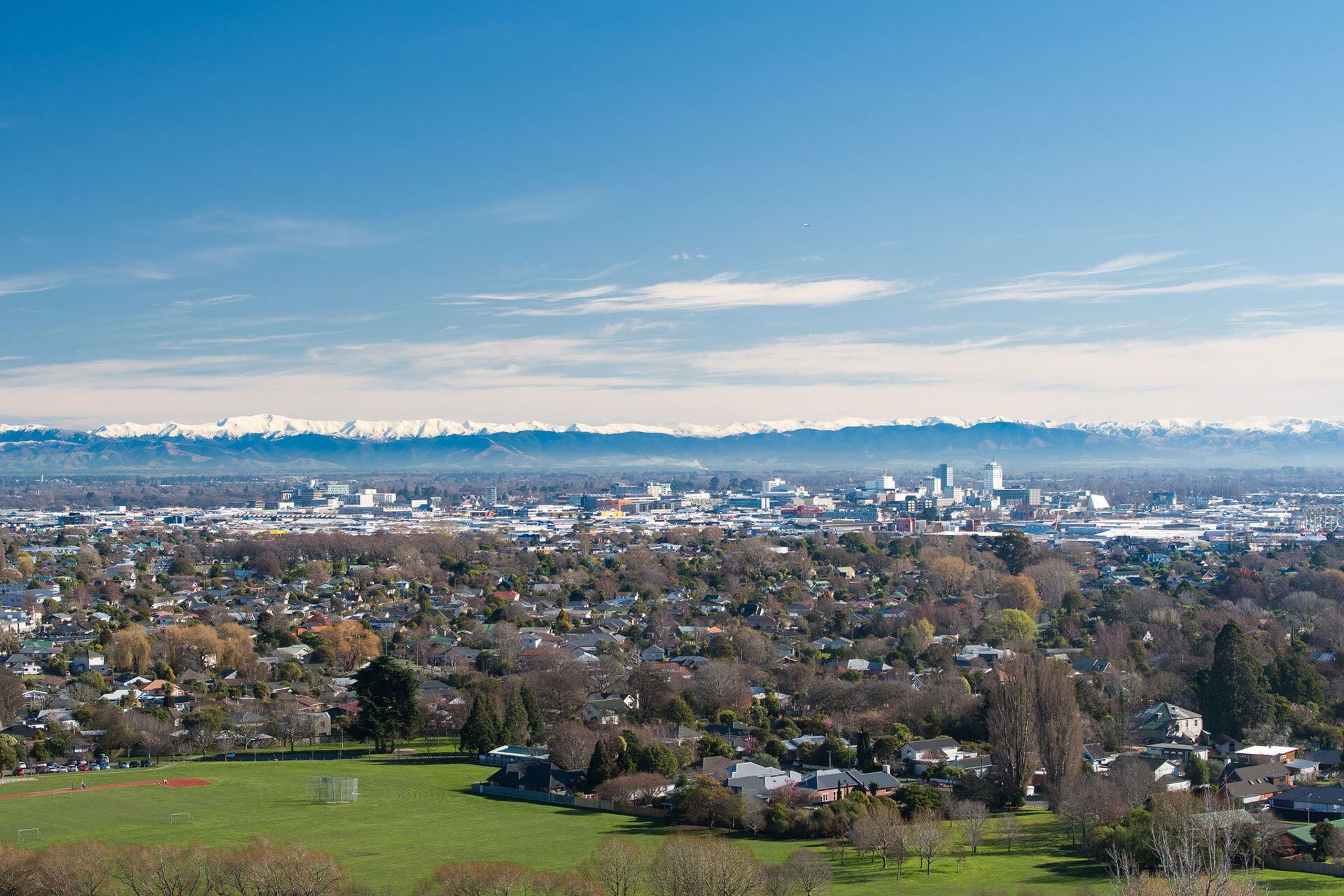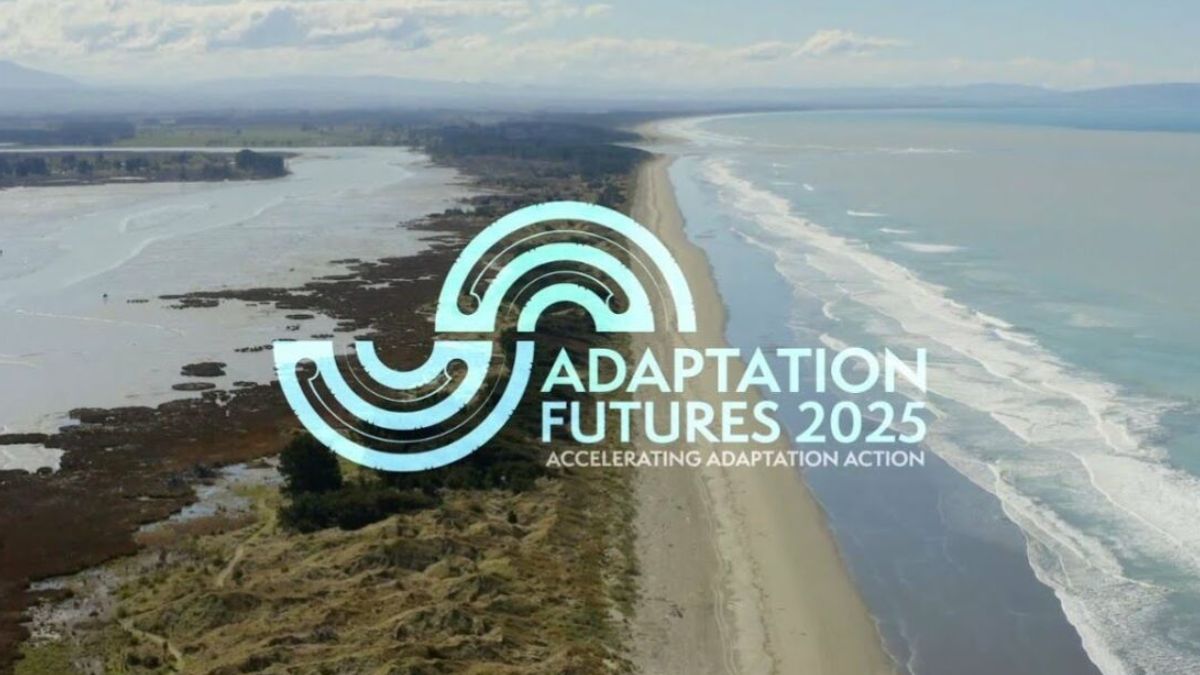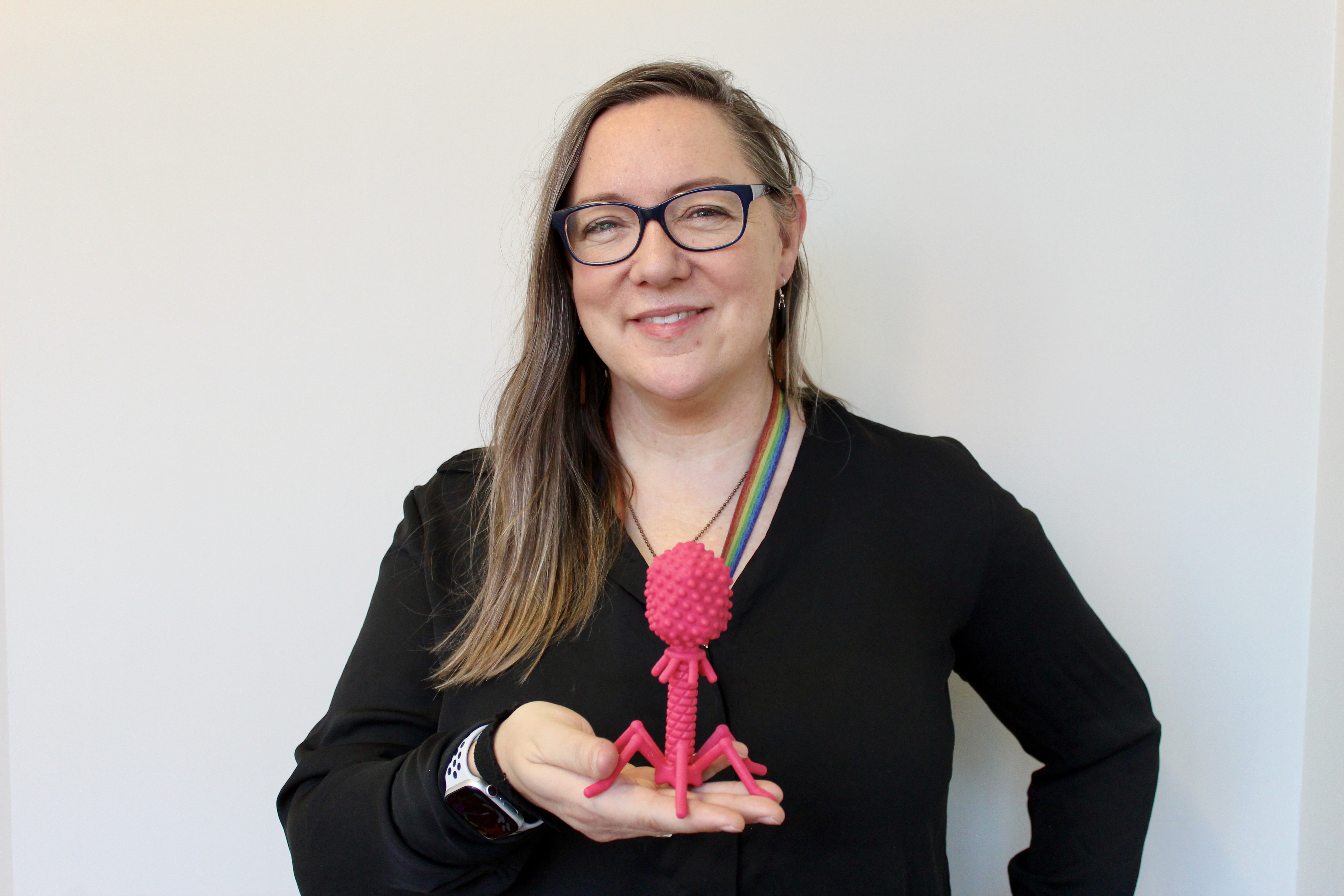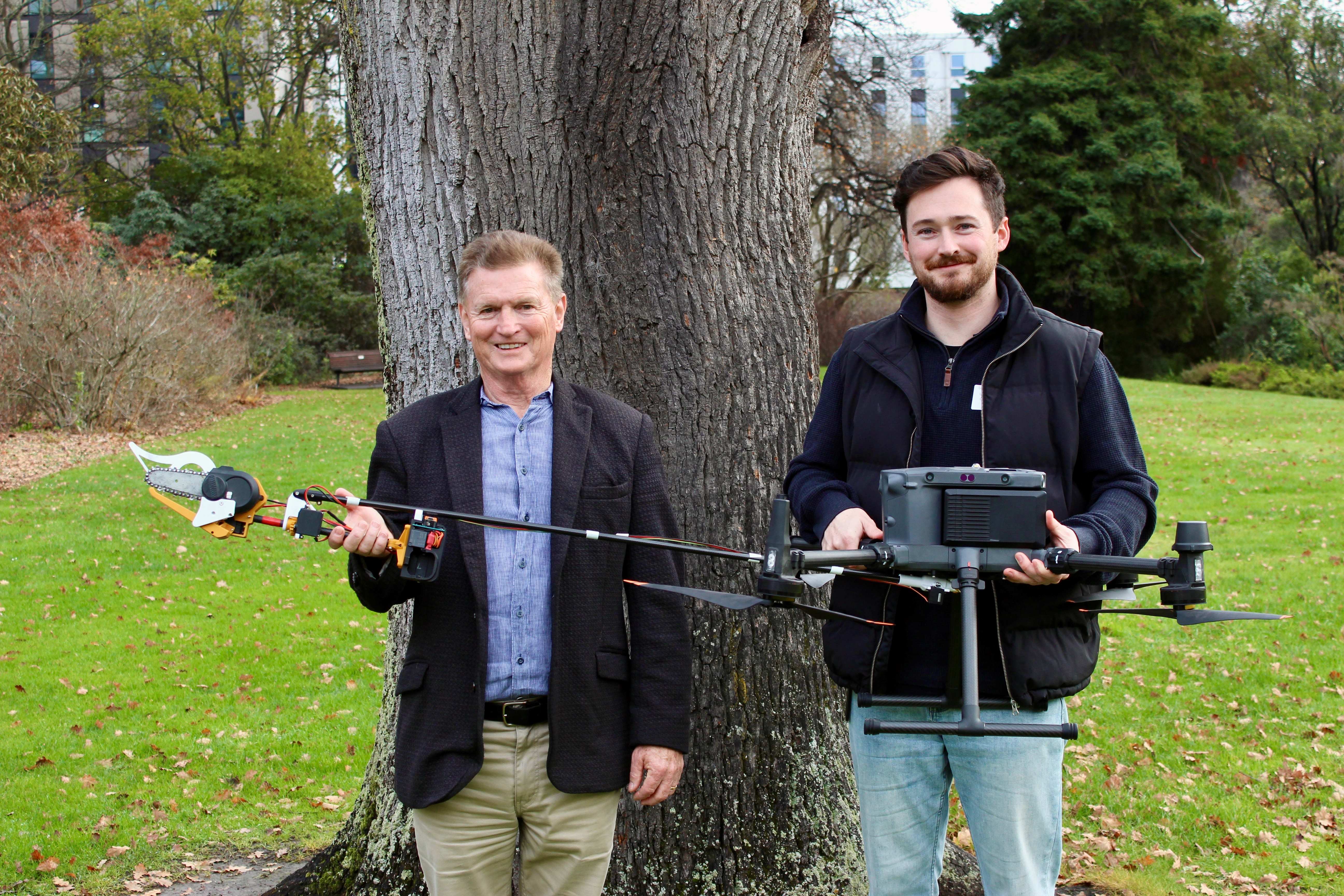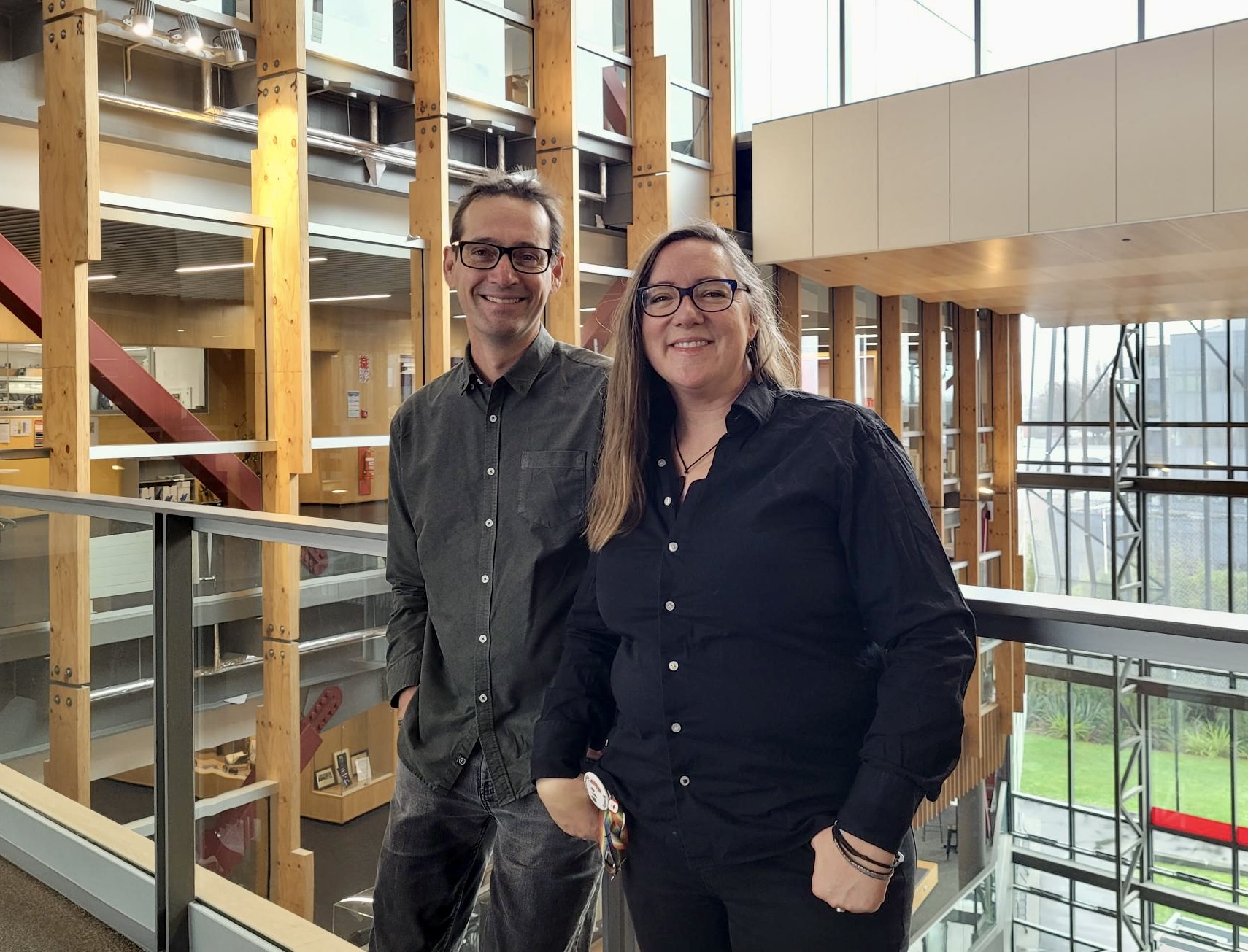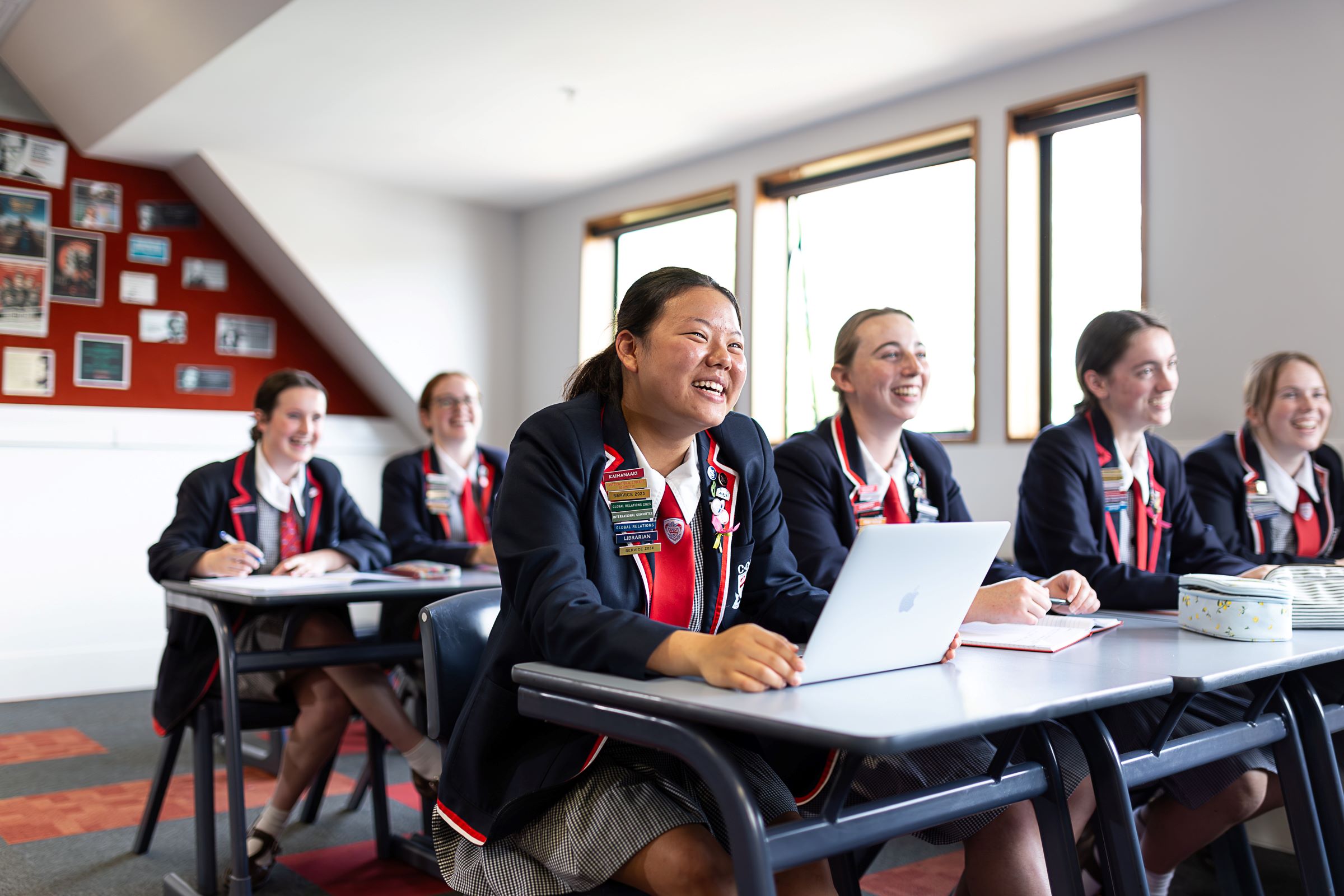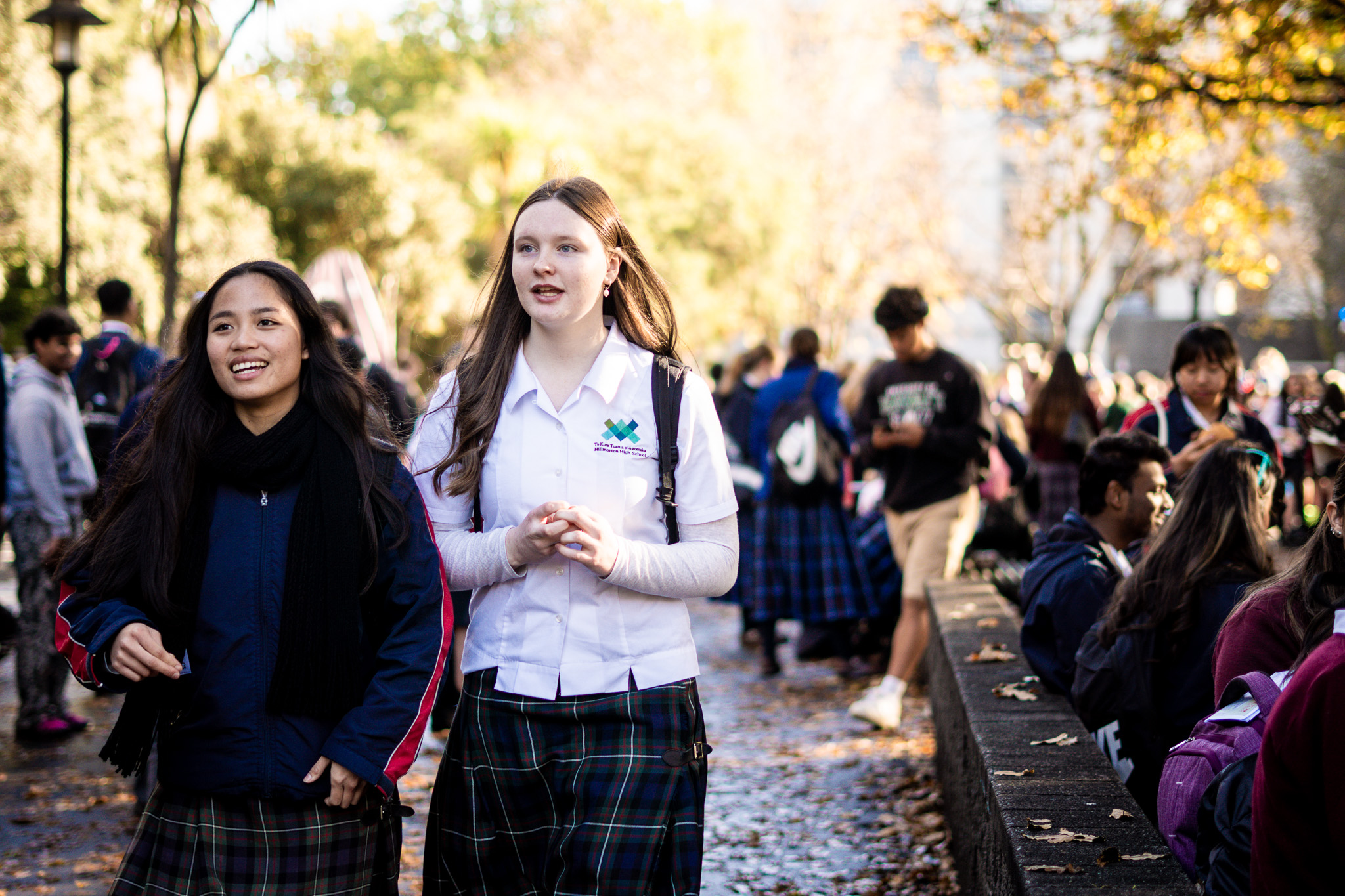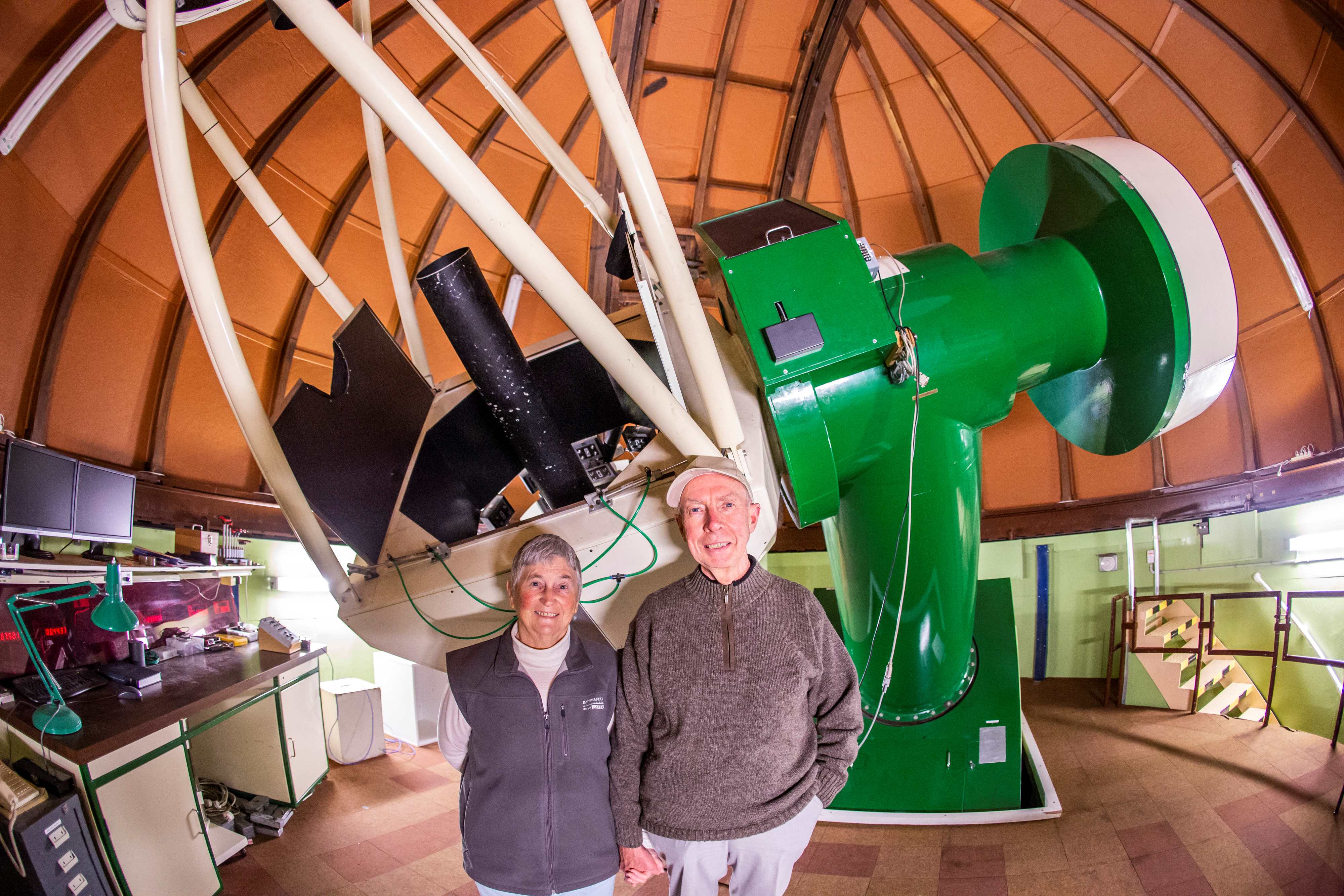“As a discussion document intended to solicit feedback to inform the development of a new biodiversity strategy for Aotearoa New Zealand, Te Koiroa o Te Koiora represents a work in progress," says Associate Professor Tammy Steeves of the new DOC biodiversity strategy.
UC conservation geneticist comments on new DOC Biodiversity Strategy
The Department of Conservation (DOC) has developed a new biodiversity strategy which sets out how it hopes to protect and grow our native ecosystems over the next 50 years. It envisions that by 2070 we will see nature flourish with healthy and functioning ecosystems across land, water and sea.
The strategy sets out goals to track progress on reaching this vision. By 2025, DOC hopes to halt wetland decline, have all biodiversity areas mapped, and have threats from climate change integrated into species management plans.
By 2050, DOC aspires to turn the tide on declining native ecosystems and see rare habitats like wetlands, sand dunes, braided rivers and cloud forests grow. The middle of the century is also when New Zealand will aim to be free from stoats, possums and rats, have zero fishing bycatch and reverse the decline of our threatened species.
Associate Professor Tammy Steeves, University of Canterbury, College of Science, School of Biological Sciences, comments on the new DOC strategy:
“As a discussion document intended to solicit feedback to inform the development of a new biodiversity strategy for Aotearoa New Zealand, Te Koiroa o Te Koiora represents a work in progress.
“As such, it includes a few gems – like the clear acknowledgement there is considerable room for improvement in the legal and regulatory frameworks for protecting biodiversity, which are currently not achieving enough.
“It is particularly refreshing to see freshwater policy reform as an immediate priority action under the ‘Getting the System Right’ System Shift, since current legal and regulatory frameworks are failing our most critically endangered freshwater fish and invertebrates.
“Having said this, there are too many places in Te Koiroa o Te Koiora that fail to reference freshwater at all (see ample references exclusive to land and sea, including landscapes and seascapes).
“As well, there are a few diamonds in the rough. The strong focus on protecting and restoring healthy ecosystems across a broad range of habitats throughout the document is laudable.
“However, as a conservation geneticist privileged to work with some of Aotearoa New Zealand’s most threatened species, I am uneasy about the potential for an either/or showdown between ecosystem resilience and species recovery. I fear if we focus on one, at the expense of the other, we may lose both. So, when it comes to securing Aotearoa New Zealand’s biological heritage, rather than adopting a “yes, but…” approach, I suggest we need to prioritise a “yes, and…” approach.
“It also contains some baffling missed opportunities. Given the role of genetics and genomics in enhancing the recovery of Aotearoa New Zealand’s most threatened taonga species – and the intense interest in the genomics of taonga species both here in Aotearoa and overseas – I am disappointed the third objective of the Convention on Biological Diversity (namely, the fair and equitable sharing of the benefits arising out of the utilisation of genetic resources) was ignored. New Zeland is a non-signatory of the Nagoya Protocol though many argue that we should be.
“Related to this, I am eager to see Wai 262 better integrated in the new biodiversity strategy. Statements like: ‘The Crown’s discussions with Māori over Wai 262 issues will address many aspects of biodiversity management.’ indicate that we have a long way to go.”
Conflict of interest statement: “As a conservation geneticist, I routinely partner with the Department of Conservation to co-develop conservation genetic management recommendations. I am a member of, or advisor to, several recovery groups for some of Aotearoa New Zealand’s most threatened birds.”


